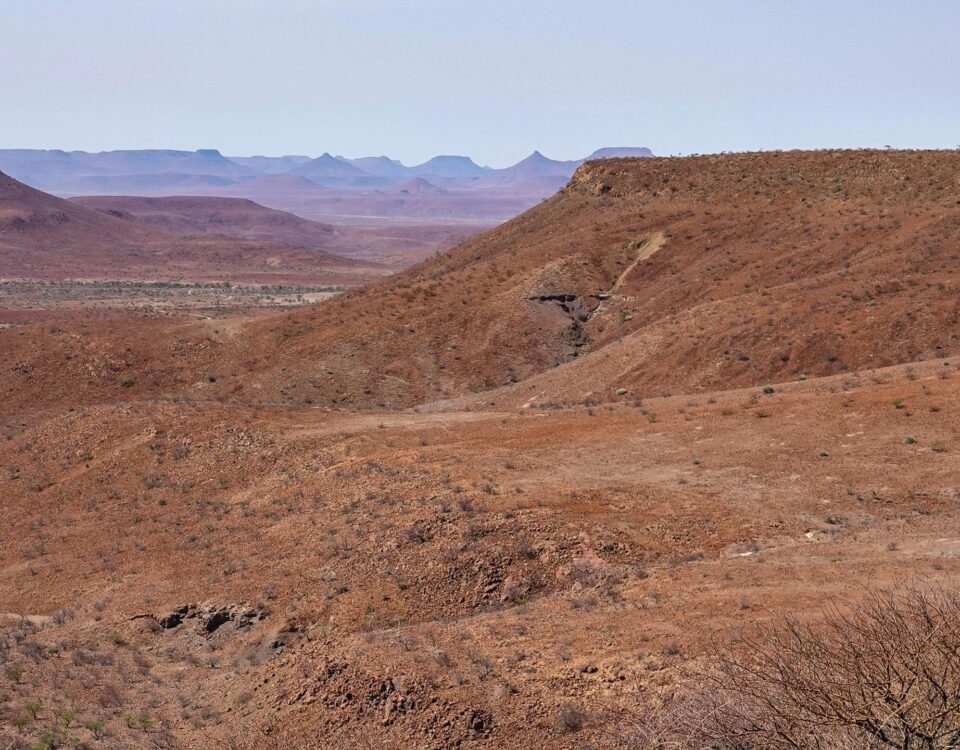
Chobe Water Villas
April 18, 2017
Chalcedony
April 27, 2017Most of Namibia’s mineral wealth has been discovered in the western portion of the country, where the arid climate has prevailed for millions of years, preventing minerals from eroding away, and precluding the development of topsoil and vegetation, making it easier to locate and extract them
Text Edward Jenkins
A gemstone beloved since the beginning of mankind, the amethyst has seen a resurgence in popularity over the past several years
C atherine the Great of Russia sent thousands of miners to look for amethyst. Good specimens have been found in the graves of Aztec royalty, in English Anglo-Saxon tombs, and in burial crypts in Egypt and Babylonia. The stones have a long history with the priesthood of the Catholic Church, and amethyst rosaries are commonly found in Buddhist Tibet.
The name originates from the Greek amethystos, meaning ‘not drunken’. The stone has long been attributed with the property of preventing drunkenness, and the Romans made drinking vessels out of it for that reason.
A form of quartz, the gems range from purple to pink, with a rich violet-purple being most typical. Striking patches and bands of colour are characteristic.
Stones of 10 carats are not uncommon, with the finest coming from Brazil and Uruguay. The huge finds in Brazil and the presence of sites in many other countries of the world have kept costs for these gems affordably low.
In Namibia, the first significant finds were made in the early 1960s by German prospectors in the Sarusas area of the Skeleton Coast. Large druses (or geodes—cavities lined with crusts of crystals) were found containing amethyst crystals up to 6 centimetres in length, highly prized by collectors.
More recent discoveries in the Brandberg and Gobobseb areas have provided crystals for collectors, but few of faceting grade (suitable for being cut into gems). However, commercial mines in the Platveld area between Otavi and Otjiwarongo have produced quantities of faceting-grade material.
Amethysts have also been mined in the far south, in the vicinity of the Orange River, and pale specimens have been found in the Erongo Mountains.
The legends about gemstones grow with time, and with a stone like the amethyst, which has been associated with the human condition for thousands of years, it stands to reason that legends abound.
For a man, the amethyst is considered the stone of true, emotional love, guarding him against seduction, or falling in love foolishly, while attracting ‘good’ women to love him.
In fact, based on the legends, the amethyst may be the ideal gem to accompany you on an African safari. It’s believed to prevent drunkenness and snakebite; it’s said to combat insect and scorpion bites; it brings good fortune in the hunt; and, perhaps most importantly, its calming ability allows those with high-stress jobs to relax!

This article was first published in the Flamingo December 2010 issue.


